A stylistic step up, the latest Mazda 3 is easily among the best looking in its class, and even so in saloon (sedan) guise, as tested. Where many manufacturers falter in translating a hatchback-based model’s design for service as a saloon – as preferred in our region – the Mazda 3 however seems to have been designed from ground up with a saloon firmly in mind. Designed according to the brand’s ‘Kodo’ design language, the Mazda 3 well captures a sense of urgent momentum and motion even when viewed at standstill.
Flowing and elegant yet distinctly sportier in intent than its predecessor, the new Mazda 3 features slim, squinting and dramatically deep-set headlights flanking its hungry, broad and snouty grille. Jutting and urgent in demeanor, the Mazda 3 features sharp creases and fluent lines, with prominent bonnet ridges along the side. Meanwhile, a gently arcing side character line extends from its bonnet edges and along the flanks before dissipating midway, at which point a higher crease starts and trails along the waistline to muscular rear haunches and a short, high-set boot.
Offered globally in four naturally-aspirated petrol engines, the Mazda 3 model line includes a newer generation 2-litre with charge compression ignition, powerful 2.5-litre, and the 1.5-litre four-cylinder version driven. A sophisticated engine with a buttery high-rev engine note and smoothly progressive delivery unlike the sudden gush of torque synonymous with most turbocharged engines, the Mazda 3’s direct injection SkyActiv engine runs on very high compression to allow for improved fuel efficiency, which is enabled by the use of a piston cavity, shortened combustion duration and optimized exhaust gasflow.

Driving the front wheels and mated to a slick shifting 6-speed automatic gearbox that seems particularly responsive on downshift, the driven 1.5-litre develops 110BHP at 6,000rpm and 107lb/ft torque at 3,500rpm. Dedicated to further developing the internal combustion engine for ever improving efficiency, Mazda’s 1.5-litre engine proved to be linear, silky and versatile in delivery, for its size. Powering the Mazda 3’s estimated 1.3-tonne mass through 0-100km/h in somewhere around 11-seconds and onto 183km/h, performance was confident and well-adequate to keep a good pace in the city, on incline and on highways.
Distinctly Japanese in its outlook, the Hiroshima-based manufacturer tenet include the philosophy of ‘Jinba Ittai’, which translates as a oneness between a rider and horse, or in this case a connectedness between car and driver. Best reflected in Mazda’s lightweight rear-drive MX-5 roadster, this principle however translates well even in the compact front-wheel-drive Mazda 3 saloon. As sporty to drive as it looks, the Mazda 3 seems to shrink around the driver, delivers fluent and intuitive driving experience, whether maneuvering heavy traffic, fast highways or sprawling and snaking countryside switchbacks.
Driven with 205/60R16 tires well judged for ride comfort, steering feel, grip and cornering precision the Mazda 3 nimble and alert through successive corners, turning in tidy and eager with its light, quick and direct electric-assisted steering. Agile and adjustable through corners, the Mazda 3’3 handling is well balanced, with only faint understeer if pushed too hard, yet still allowing one to easily shift weight to the rear when necessary. At home through narrow winding roads, its handling is similar to a well-sorted hatchback, but also benefits from committed road-holding.

Stable and refined at speed and comfortable in almost all circumstances, the Mazda 3 can feel slightly firm over jagged low speed cracks and bumps, but seems to gain a certain supple fluency as speed picks up on country lanes, where its dispatches textural imperfections easily while retaining a focused handling quality, more buttoned down control on rebound after its body rises slightly after a sudden crest. Maneuverable in town with its tight 10.6-turning circle, the driven model featured rear parking censors, but the optional reversing camera would have still been welcome.
Elegant from profile, the Mazda 3 has a distinctly more rearwards cabin position than most segment competitors, which creates a sportier and more classically up-market look, as well as allows for more ideal pedal positions to achieve a more relaxed, comfortable and involving driving position. Spacious in front with hunkered down, alert, supportive and comfortable driving position with good front visibility and reach of controls, the Mazda 3 also boasts a classy, fresh and uncluttered cabin with a sportily minimalist steering wheel and high dashboard, while the use of soft textures and padding is abundant.
Noticeably ‘premium’ in cabin design and feel, the Mazda 3 is a smartly equipped car with a crisp, clear sound system and numerous standard convenience and safety features including child seat latches, as well and plenty of more advanced optional driver assistance systems available. Cabin accessibility and boot space are similarly good. Rear seats lacked a central armrest, as drive, but are fairly sized for most, if not the most accommodating for tall and large passengers seated behind similarly-proportioned front occupants.
Specifications: Mazda 3 Sedan (1.5 auto)
- Engine: 1.5-litre, transverse 4-cylinders
- Bore x stroke: 74.5 x 85.8mm
- Compression ratio: 13:1
- Valve-train: 16-valve, DOHC
- Gearbox: 6-speed automatic, front-wheel-drive
- Gear ratios: 1st 4.605:1; 2nd 3.529:1; 3rd 2.025:1; 4th 1.348:1; 5th 1.0:1; 6th 0.742:1
- Final drive: 2.994:1
- Power, BHP (PS) [kW]: 110 (111.5) [82] @6,000rpm
- Specific power: 73.5BHP/litre
- Torque, lb/ft (Nm): 107.6 (146) @3,500rpm
- Specific torque: 97.6Nm/litre
- 0-100km/h: 11-seconds (estimate)
- Top speed: 183km/h
- Fuel consumption, combined: 5.7-litres/100km (estimate)
- Fuel capacity: 51-litres
- Length: 4,660mm
- Width: 1,795mm
- Height: 1,440mm
- Wheelbase: 2,725mm
- Tread, F/R: 1,570 / 1,580mm
- Overhang, F/R: 915/1,020mm
- Headroom, F/R: 965/947mm
- Legroom, F/R: 1,075/891mm
- Shoulder room, F/R: 1,414/1,359mm
- Ground clearance: 140mm
- Luggage volume: 444-litres
- Kerb weight: 1,300kg (estimate)
- Suspension, F/R: MacPherson struts / torsion beam
- Steering: Electric-assisted rack & pinion
- Turning circle: 10.6-meters
- Brakes, F/R: Ventilated discs / discs
- Tyres: 205/60R16



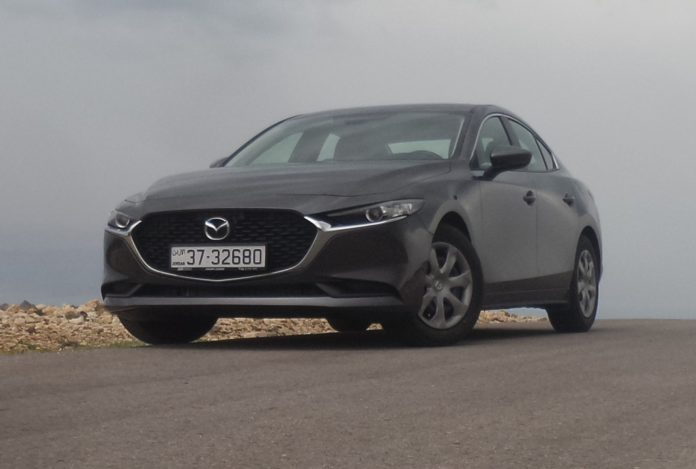
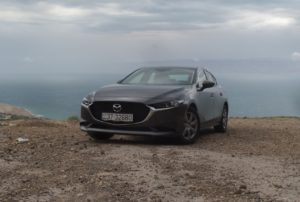
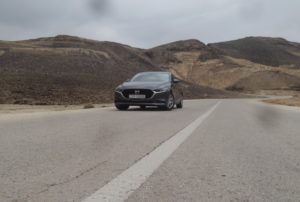
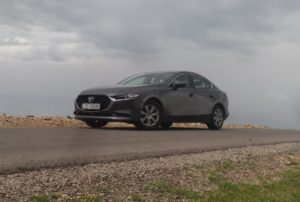
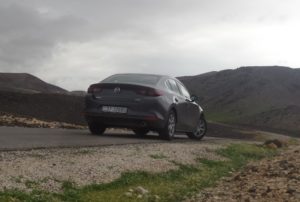
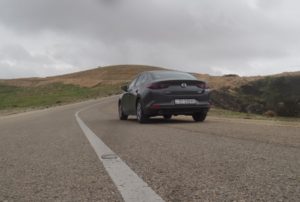
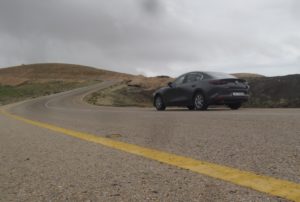
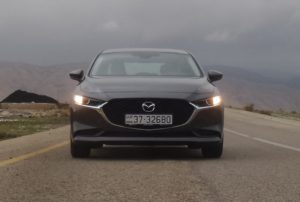

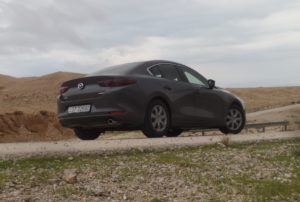
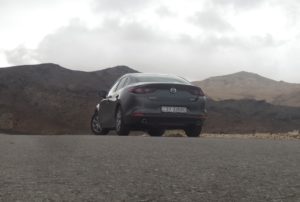

























Recent Comments